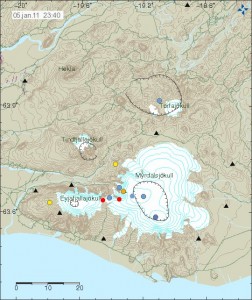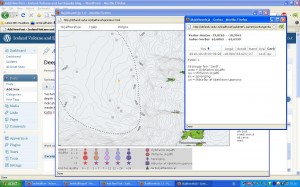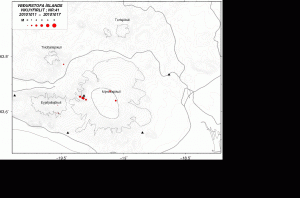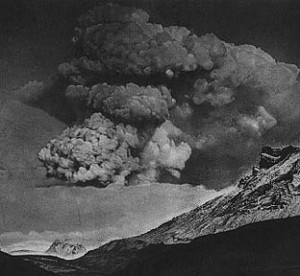Over the last few hours it has been getting cold. The frost has been getting down to -10C and even colder in the higher areas. This has started a interesting events that takes place in Iceland (this might happen elsewhere too). But the events that take place here are frost earthquakes. This are not real earthquakes, but a event that the frost creates and are in fact false earthquakes. Most of them are too small and too poor in terms of quality to be located by the SIL network that Icelandic Met Office has. But when there is a sudden drop in temperature the frost earthquakes can appear on the SIL network, but with a extremely low quality. The driving force behind this earthquakes is water that is freezing in the ground and in rocks (cracks).
During the next 24 hours or so there is going to be a cold snap in Iceland with temperature going down to -20C in some areas, and even lower at glacier and higher areas. So we can expect a lot of frost earthquakes (false earthquakes) in that time. So the Icelandic Met Office maps might start to look interesting and with a lot of earthquakes in the next 24 hours.
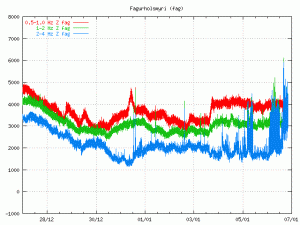
Picture: Icelandic Met Office Picture saved: 6th January 2011 at 20:39 UTC.
Frost earthquakes on Fagurholsmyri SIL station close to Öræfajökull volcano and Esjufjöll volcano. This frost earthquakes are not located by the automatic SIL system.
The weather forecast in Iceland: Temperature
Iceland news about this. Use Google translate at own risk.
Frostbrestir í Eyjafjallajökli (Vísir.is)
Text is updated at 22:46 UTC on 6th of January 2011. News link is added.

